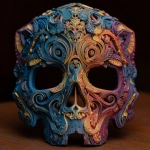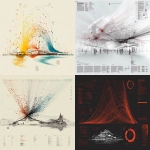Explore the Best AI Image Gallery

The Digital Canvas: How Wearable Tech is Transforming Creativity
Wearable technology has emerged as a powerful force, disrupting traditional boundaries and igniting a revolution in the world of creativity. From artists sculpting sound waves to musicians composing symphonies through movement, these devices are blurring the lines between physical and digital expression, offering a canvas for imagination unlike anything seen before.
Augmenting Artistic Expression: Wearable sensors and haptic feedback technology are empowering artists to translate emotions, thoughts, and even physiological data into captivating visual and auditory experiences. Imagine a painter whose brushstrokes are guided by their heartbeat, or a musician whose melody is shaped by the rhythm of their breath. This level of biofeedback integration allows for unprecedented depth and authenticity in artistic creation.
Interactive Design: Wearables are ushering in an era of interactive design, where users become active participants in shaping their environment. Imagine a museum exhibit where visitors movements trigger light displays or sound sculptures, creating a personalized and immersive experience. In architecture, wearables could allow architects to visualize designs in real-time, interacting with the space and making adjustments on the fly.
Beyond Visual Arts: The impact of wearable tech extends far beyond traditional visual arts. In fashion, designers are integrating sensors and interactive elements into garments, creating dynamic pieces that respond to the wearers environment or emotions. In dance, performers can use wearables to track their movements with precision, choreographing intricate routines that push the boundaries of physical expression.
New Frontiers: The possibilities for wearable tech in creativity are virtually limitless. Imagine virtual reality experiences where users create art by manipulating objects with their hands, or augmented reality environments where designers can overlay digital elements onto the real world. The convergence of wearables with artificial intelligence promises to further enhance creative processes, enabling machines to collaborate with humans in generating novel ideas and artistic outputs.
Ethical Considerations: As with any powerful technology, wearable tech raises important ethical considerations. Privacy concerns surrounding data collection and usage must be addressed, ensuring that user information is protected and used responsibly. The potential for bias in algorithms that influence creative outputs needs careful scrutiny to prevent the reinforcement of existing inequalities.
Future Trends: The future of wearable tech in creativity is bright, driven by ongoing advancements in sensor technology, artificial intelligence, and virtual/augmented reality. We can expect to see even more seamless integration between physical and digital realms, leading to innovative tools that empower creators to express themselves in entirely new ways.
Wearable technology is not simply a tool for creation; its a catalyst for transformation. It challenges us to rethink the very nature of art, design, and human expression, opening up exciting possibilities for a future where creativity knows no bounds.
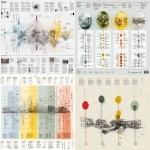












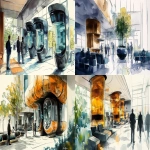








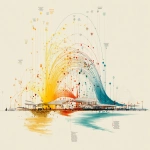
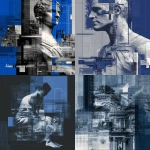



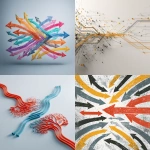
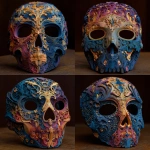

](https://images.ai-img.art/thumbnails/150/93f6b867d7e0d1ef5b08c9115efd6d3cbcc0fcfe07dc47e55d9b3a50056a189e.webp)
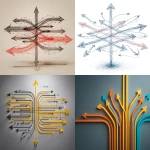




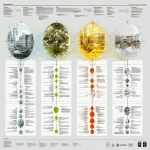

](https://images.ai-img.art/thumbnails/150/9bfac23b6df1e372ace320fda84e18e5e2e668451feacef8c46af60a9f444ad6.webp)
](https://images.ai-img.art/thumbnails/150/469c20665b824a8c49e8b66856a2f9843e7a36c40760ace1e7fd5f2125a32e25.webp)

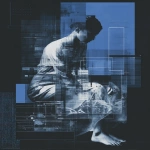
](https://images.ai-img.art/thumbnails/150/3521ea1bce510dbac19d74a3e037e7179b754ae98e8a44c08863e51468c18caa.webp)



